June 18, 1178: The day the Moon blew up.
How five English monks witnessed an extraordinary astronomical event.

More than 800 years ago, shortly after sunset on the evening of June 18, 1178, five monks at the abbey of the Christ Church of Canterbury in England--now Canterbury Cathedral--looked up at the moon and saw something incredible. Gervase, the official Chronicler of Canterbury, recorded it as such:
The upper horn of the Moon split in two. From the midpoint of the division a flaming torch sprang up, spewing out, over a considerable distance, fire, hot coals and sparks. Meanwhile the body of the Moon which was below writhed, as it were in anxiety, and to put it in the words of those who reported it to me and saw it with their own eyes, the Moon throbbed like a wounded snake. Afterwards it resumed its proper state. This phenomenon was repeated a dozen times or more, the flame assuming various twisting shapes at random and then returning to normal.
What did the monks really see that night? In 1976, a geologist, Jack B. Hartung, hypothesized that the Canterbury monks witnessed a massive meteor impact on the Moon, which caused molten matter to rise up from the interior and extrude onto the surface. Obviously this would leave a visible mark. Hartung claimed there was a crater that was consistent with this sort of impact: it's called the Giordano Bruno crater, and it is very young, geologically speaking, which we can tell from the rays of dust (or "ejecta") radiating out from it. Only very recent impacts show this pattern, so the Bruno crater is very young. It could have been formed in the 12th century.
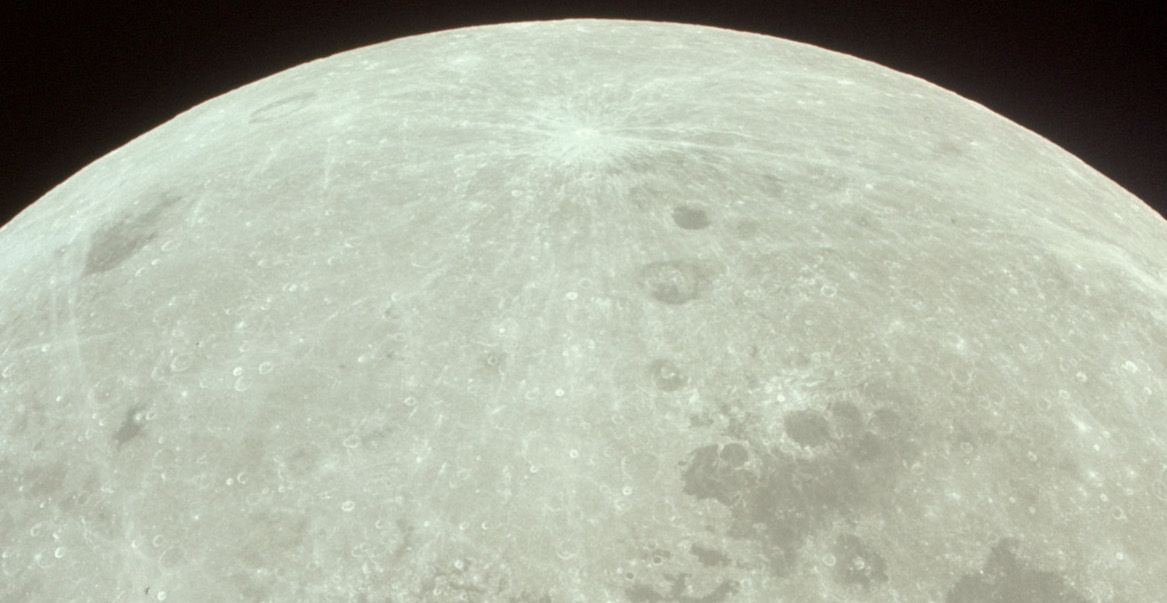
Others dispute this. While the Bruno crater hypothesis was widely accepted for years, in 2001 a graduate student at the University of Arizona, Paul Withers, argued that an impact large enough to result in the Bruno crater would have caused havoc on Earth. Such a collision would have sent showers of debris headed toward our own planet, and they would have burned up in the atmosphere giving us one of the most spectacular meteor showers in history, likely visible from all over the world. At its peak there would have been a staggering 50,000 meteors an hour. No such shower was recorded in 1178. Therefore, the Canterbury event must have been something else.
Withers's hypothesis is that the explosion did not happen on the Moon at all. If a meteor happened to come down to Earth at precisely the right place and time--say, right in front of the Moon as it rose that night--it would have seemed to observers that the Moon was literally exploding. In fact such a meteor would have burned up in our atmosphere and not caused any significant damage (unlike the Tunguska event, or a similar event in Russia in 2002). It's a bit far-fetched, but it could account for what the monks say they saw.
The Bruno crater hypothesis is weakened--and presumably Withers's suggestion strengthened--by the fact that there are no other accounts, at least none known, of anyone else on Earth witnessing the event on June 18, 1178. This, however, is not necessarily persuasive. Especially when dealing with medieval history, the absence of a record is hardly evidence that none ever existed. There may have been many observations and accounts of the impact that just didn't survive.
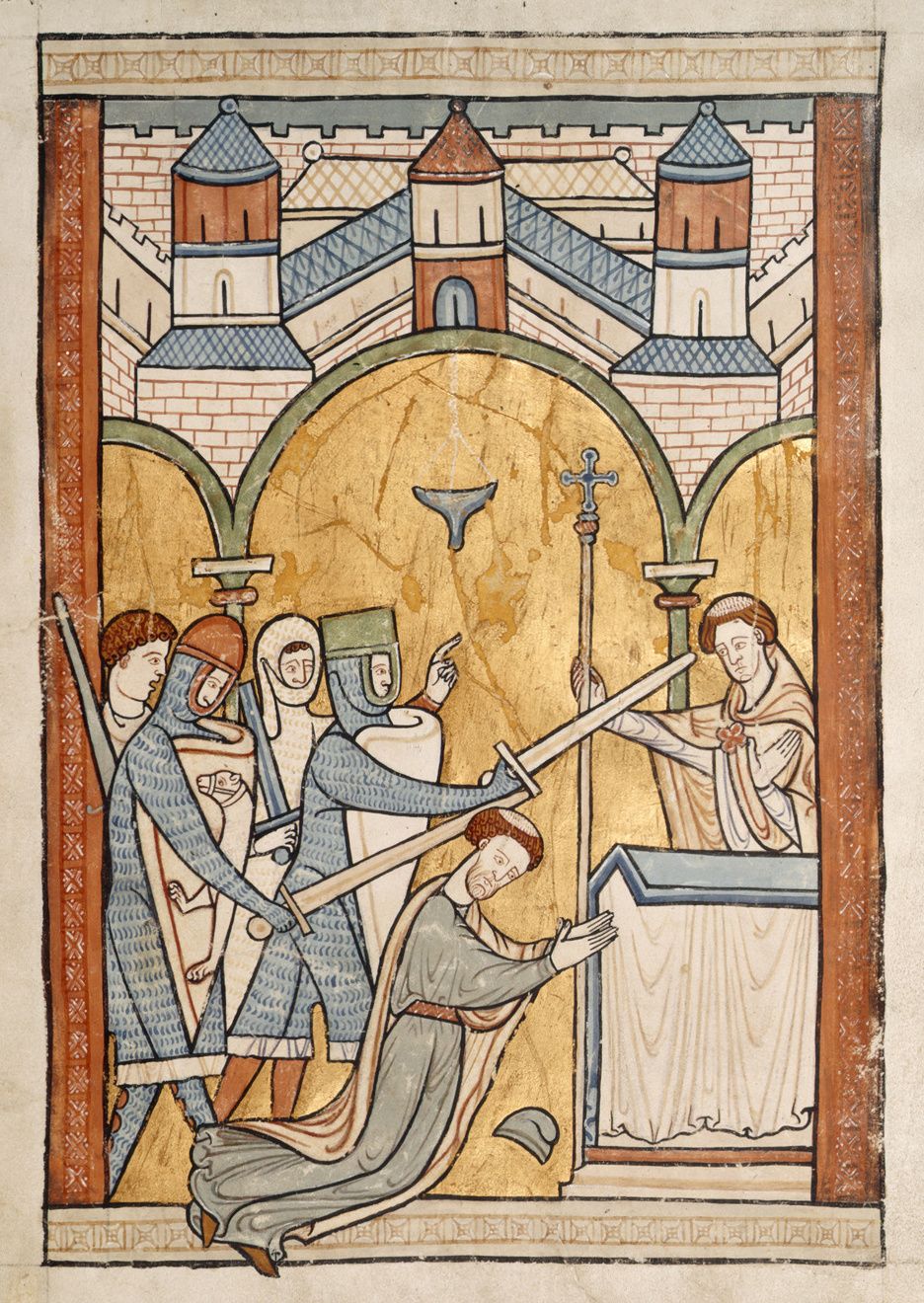
Gervase and his monks were living through a tumultuous time in 1178. Thomas Becket, Archbishop of Canterbury and enemy of King Henry II, was executed in that same Christ Church only eight years before. Gervase, in fact, was one of the eyewitnesses who recorded that famous event, later immortalized by Shakespeare. Gervase meticulously chronicled great events of the age and his writings are a major source of what we know about England in the late 12th century. His entry on the Moon explosion is just one in a long saga of events.
The truth is, we don't know what happened the night the moon exploded back in 1178. This is one of those curious unknowns that straddles the line between a scientific and historical mystery. Perhaps when human beings return to the Moon, we will know more. Until then, the account of the Canterbury monks remains in an old illuminated manuscript, waiting for modern scientists or astronomers to explain its secrets.
The Value Proposition
Why should you be reading this blog, or receiving it as a newsletter? This is why.
☕ If you appreciate what I do, buy me a virtual coffee from time-to-time to support my work. I know it seems small, but it truly helps.
📖 You could also buy my newest book.
🎓 Like learning? Find out what courses I’m currently offering at my website.
📽 More the visual type? Here is my YouTube channel with tons of free history videos.
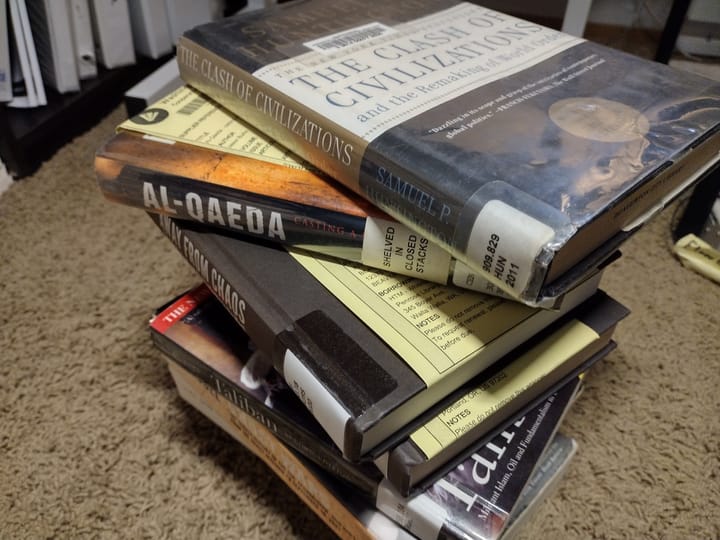
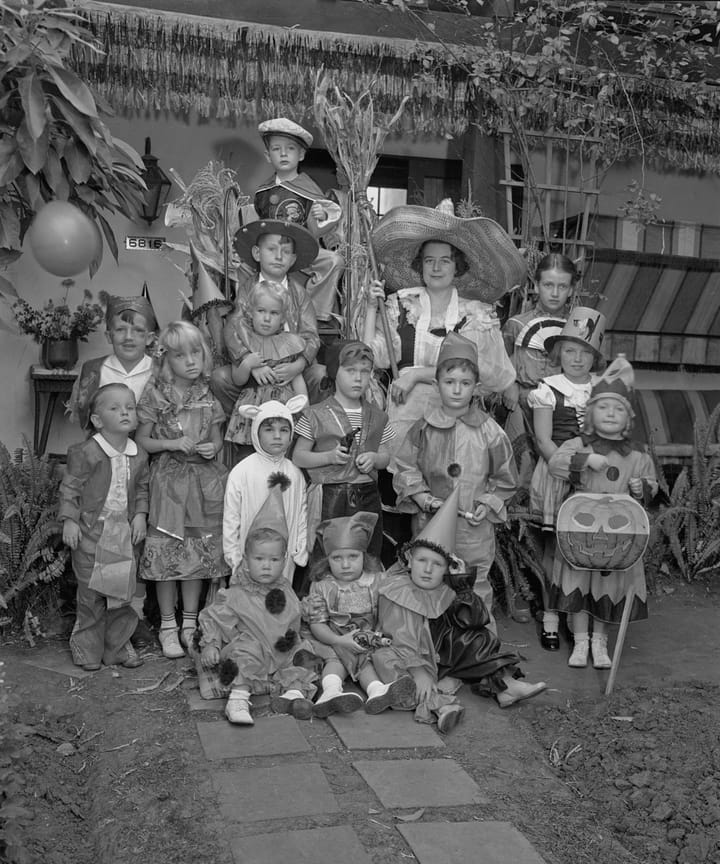
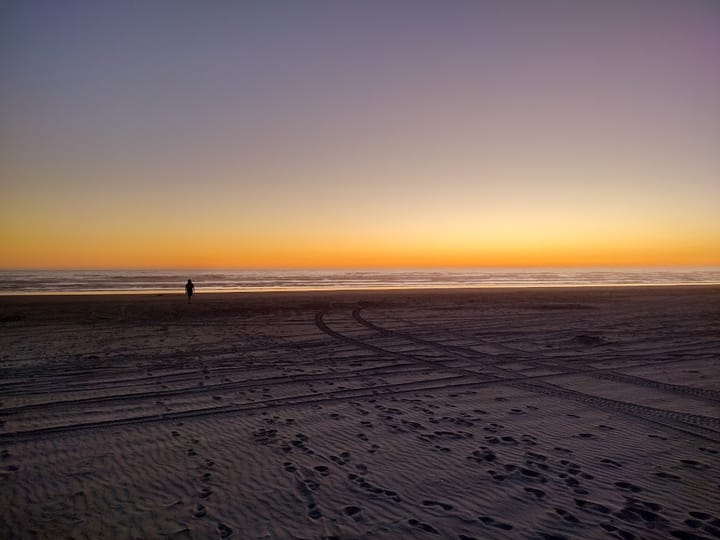
Comments ()